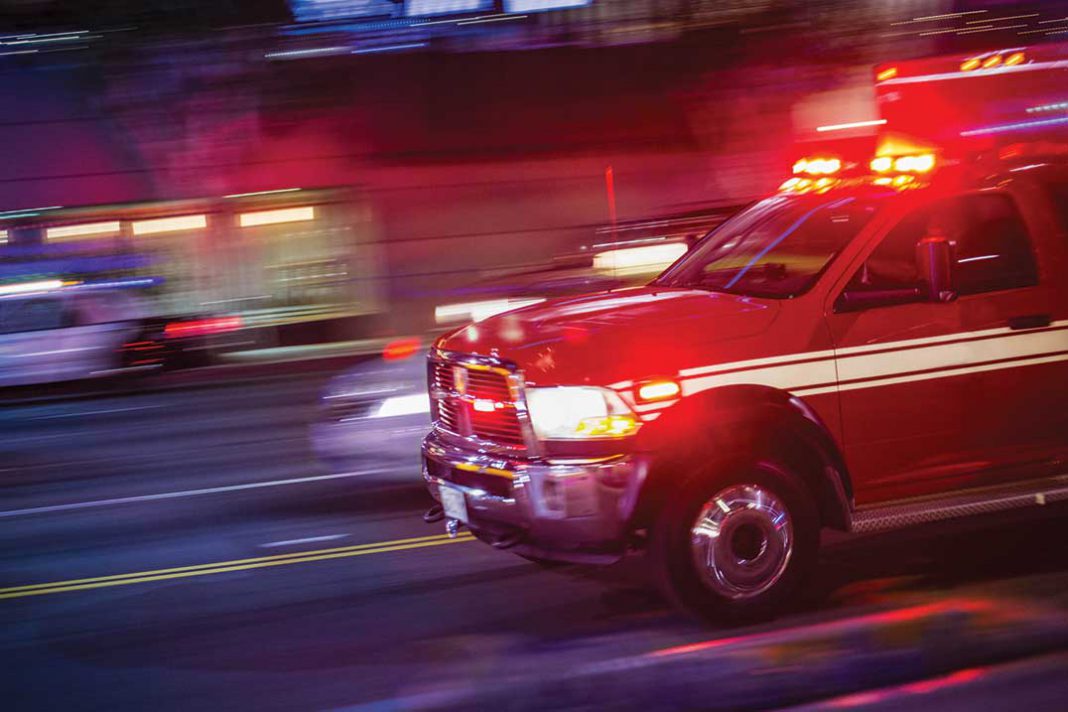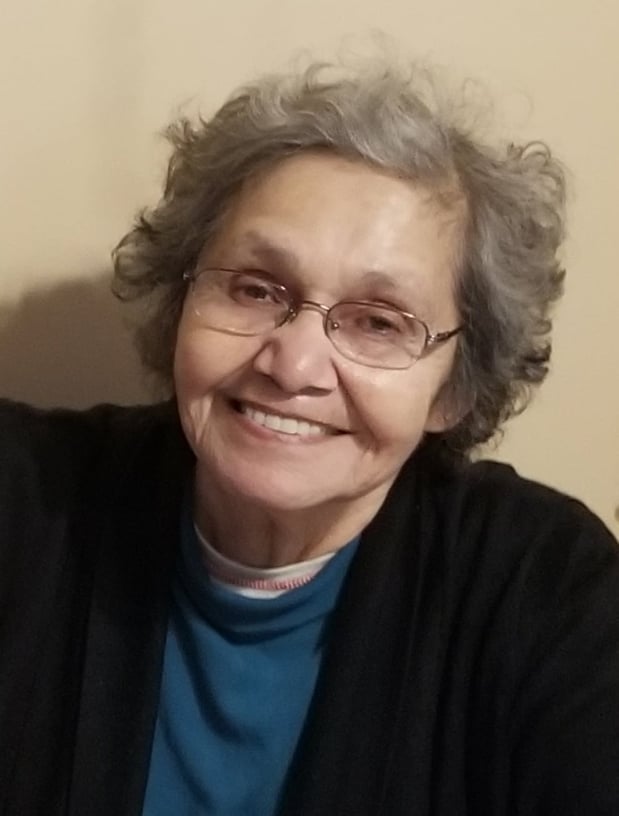ESPANOLA – When the Manitoulin-Sudbury District Services Board (DSB) took on responsibility for overseeing ambulance services across its catchment area it inherited a large number of paramedic stations. Those stations may not measure up to modern health and safety standards, according to a report to the DSB from Chief of Paramedic Services Paul Myre.
“As some of our paramedic stations are approaching end-of-life and will soon require significant renovations or perhaps even replacement, staff have commenced an in-depth analysis process for capital planning purposes,” said Mr. Myre in his report to the September 23 DSB meeting. “For the first step, the Sault Ste. Marie Innovation Centre has been engaged to perform a heat mapping of 911 calls throughout the entire Manitoulin-Sudbury district collating data from the 2017 to 2020 years. This heat mapping exercise of all urgent and emergent paramedic services calls over this three-year period will provide a focused analysis on current station locations. This process will inform decision making and recommend optimal station locations based on our current and projected response times.”
“Paramedic services currently occupy 12 paramedic stations across our district,” continued Mr. Myre. “A building condition analysis conducted by HSC Business Solutions in September of 2020 provided the board with some future capital assumptions and explored a sound fiscal approach to ensure a prudent use of public dollars when addressing critical infrastructure components.”
Mr. Myre went on to note that “Manitoulin-Sudbury Paramedic Services stations were assumed not for their strategic placement, but rather as legacy depots from previous service operators. As staff have reported on numerous occasions, several factors such as our aging population and increased call volumes are impacting our landscape and our ability to operate within it. A close assessment of our current asset location and exploration of system optimization opportunities are necessary for downstream planning purposes. Staff believe that this study would be an important initial step in understanding whether all of our stations are in optimal locations and would be a point of reference as stations attain their end-of-life expectancy.”
Staff will be reporting further on any rationalization or change in locations for stations and other information sometime in the future.





